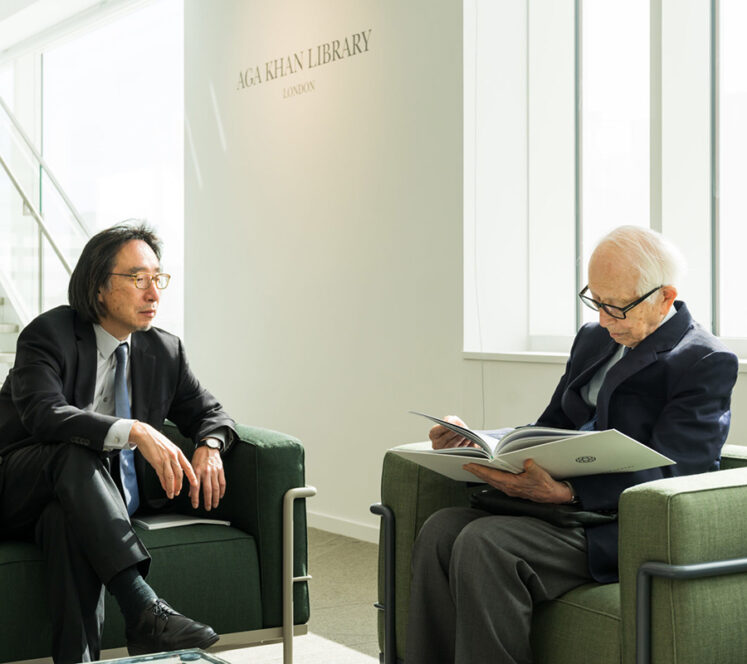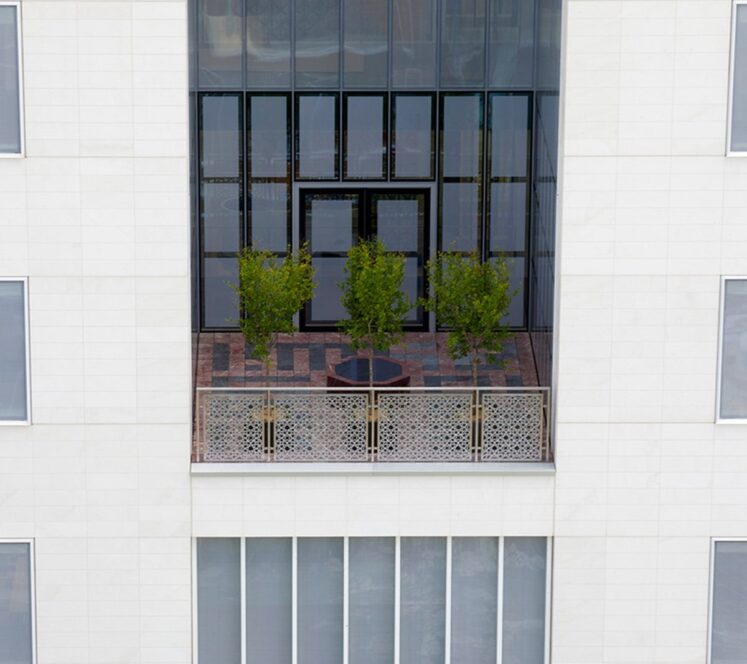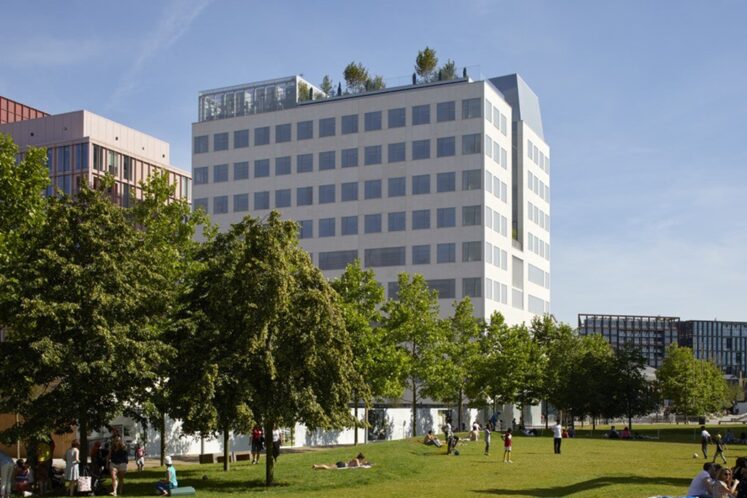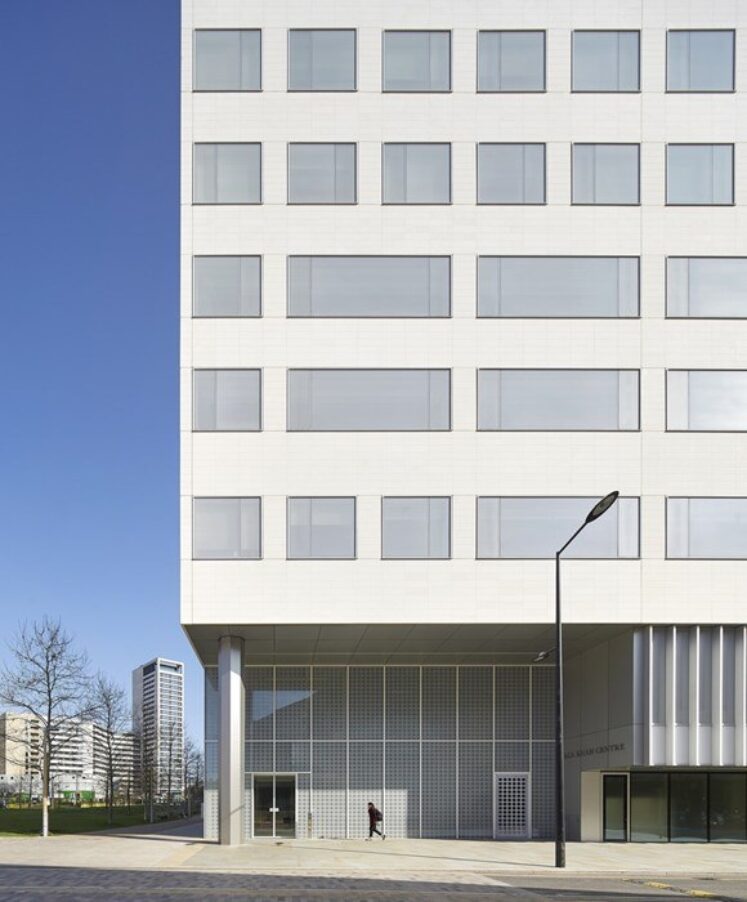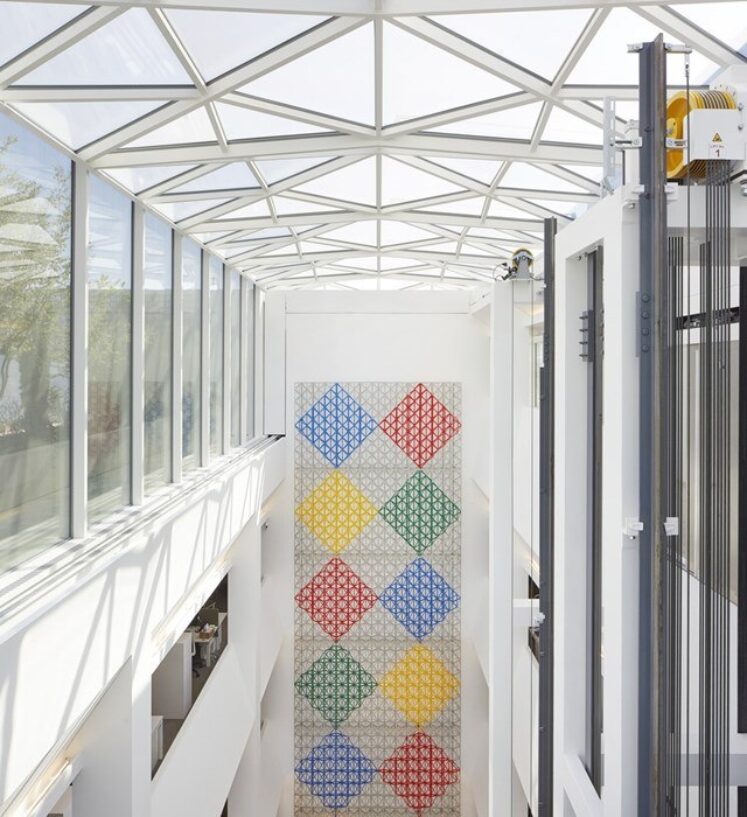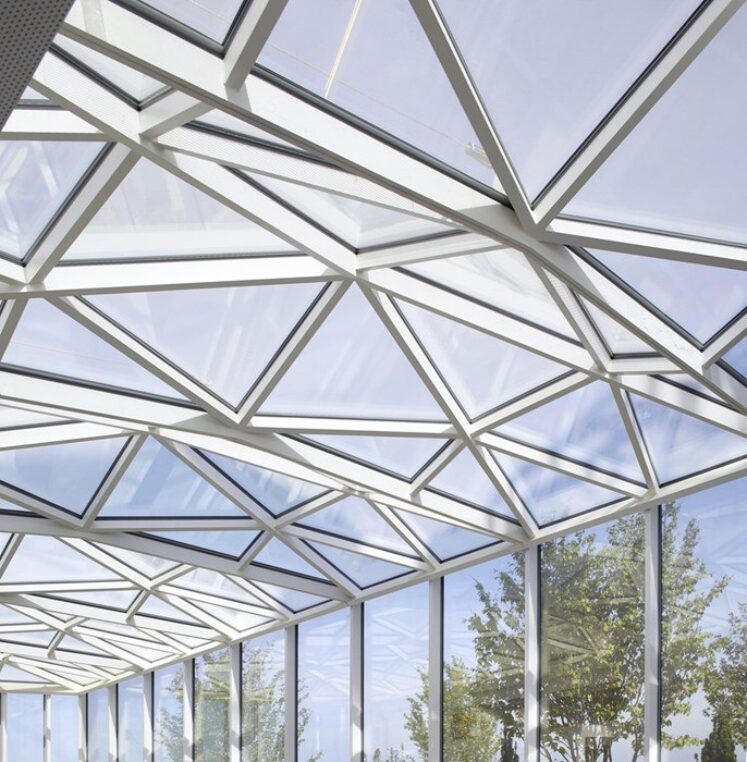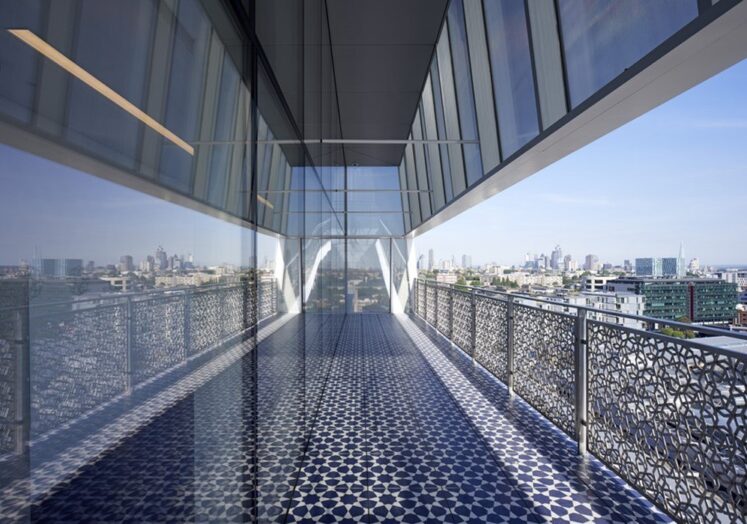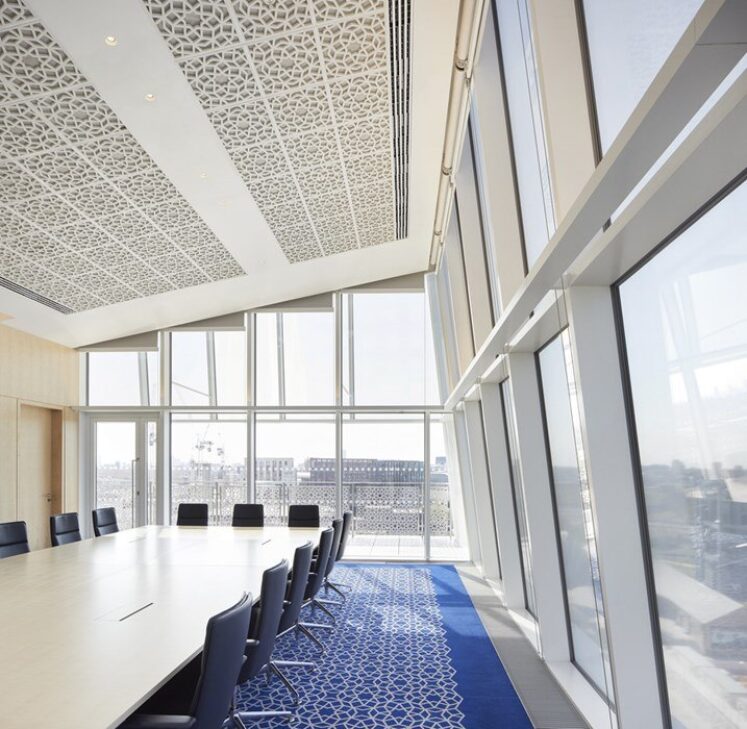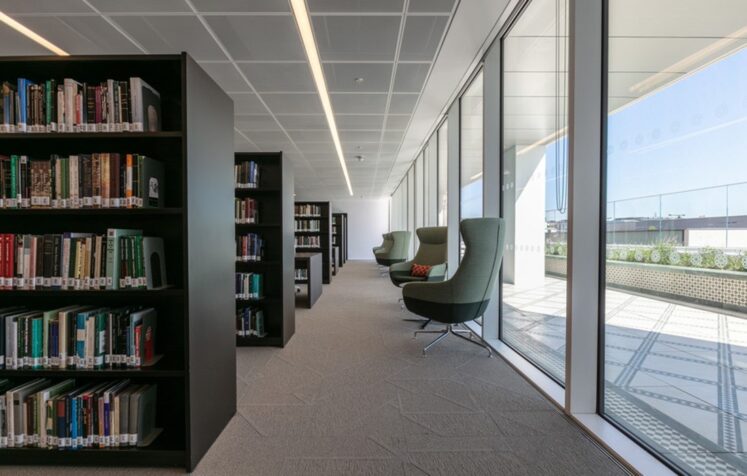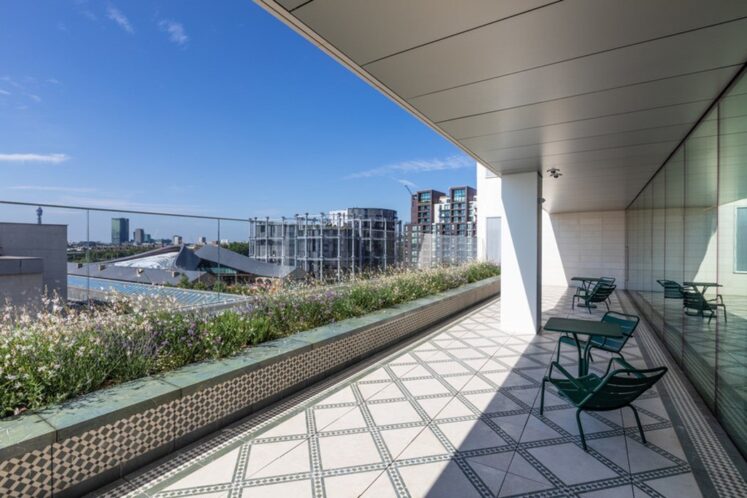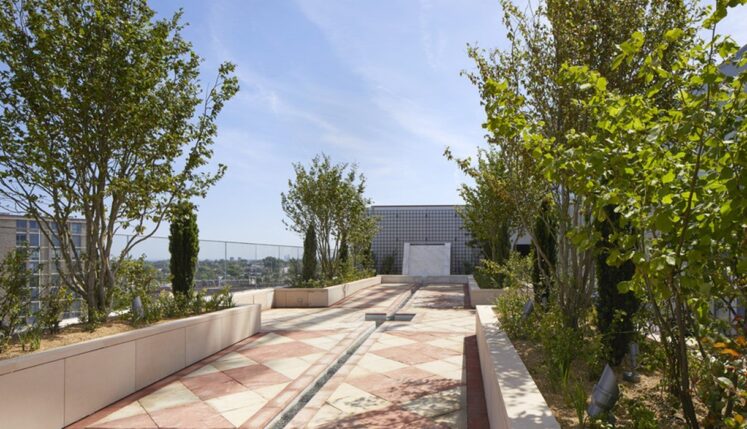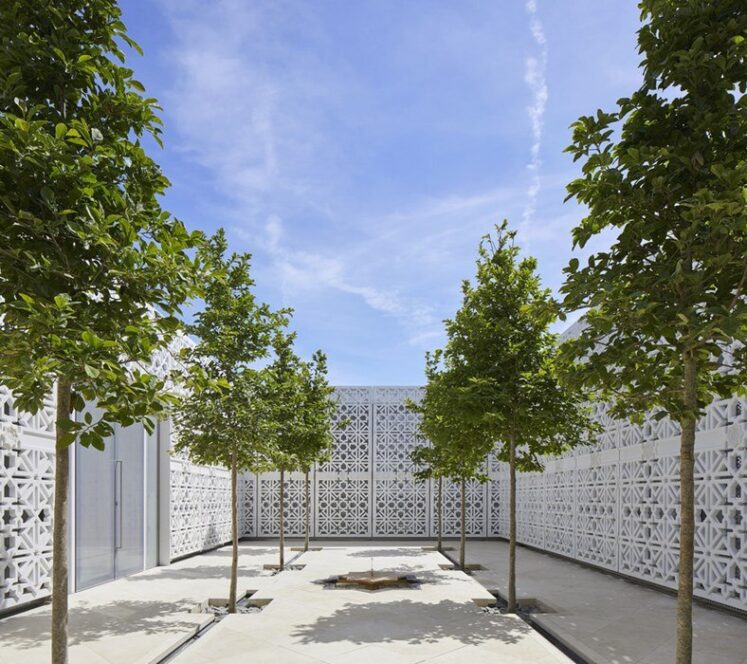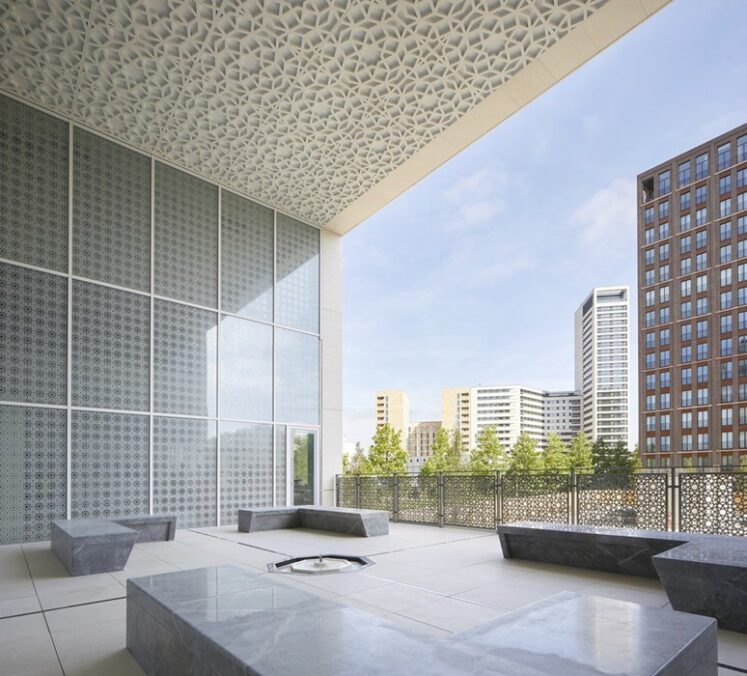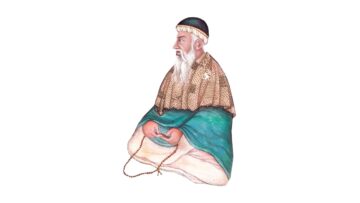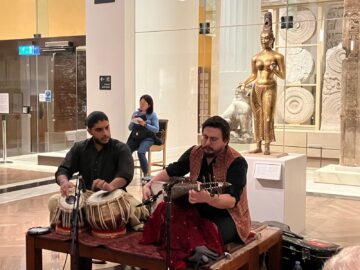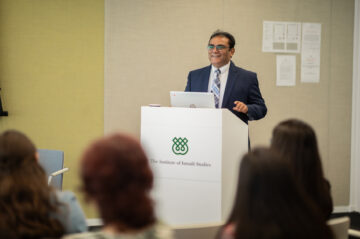Pritzker Prize-winning architect Fumihiko Maki recently passed away at the age of 95. Maki’s signature fusion of Eastern and Western cultures can be seen in iconic buildings around the world, including the Aga KhanA title granted by the Shah of Persia to the then Ismaili Imam in 1818 and inherited by each of his successors to the Imamate. Museum in Toronto, the Delegation of the Ismaili Imamat in Ottawa, and our own Aga Khan Centre in London. “In our office, we are calling this the trilogy,” remarked Gary Kamemoto, Director of International Projects for Maki and Associates, in The Story of the Aga Khan Centre. “There’s a certain modernity which responds to the external environment, to the Western world, on the outside. But on the inside, there’s a very unique ambience which is a nod to Islamic culture and design.” Each of Maki’s buildings around the world acts as a beacon to its users, anchoring their presence in the neighbourhood with bold facades and evocative silhouettes. “He is a modernist who has fused the best of both Eastern and Western cultures to create an architecture representing the age-old qualities of his native country while, at the same time, juxtaposing contemporary construction methods and materials,” notes the jury in his Pritzker Architecture Prize citation. For the Aga Khan Centre, this is realised in an exterior of white limestone and fritted glass, contrasting the Portland stone look of many London heritage sites with darker brick characteristic of King’s Cross’s industrial history.
“Fumihiko Maki lived a life of remarkable achievement and fulfilment,” an official statement from Maki and Associates reads. “We earnestly hope that the architectural works created under his leadership at Maki and Associates will be deeply loved and continue to enrich communities for generations to come.”
“His buildings look very simple and it’s only when you work on them that you realize how complex it is to make something simple,” comments Naguib Kheraj, IIS Governor. The Aga Khan Centre is filled with examples of this intricate simplicity, from its geometric motif, a staple of all of Maki’s projects with His Highness the Aga Khan, to the ceramic frit on the windows, brightening the building’s interior and exterior in London’s often gloomy climate.
“He was a true giant!” commented Dr Omar Alí-de-Unzaga when he heard the news of Professor Maki’s passing. “We shall honour his memory by making the best use of [the Aga Khan Centre].” These buildings are a testament to the shared visions of both Maki and His Highness the Aga Khan and will continue to preserve their legacies.

